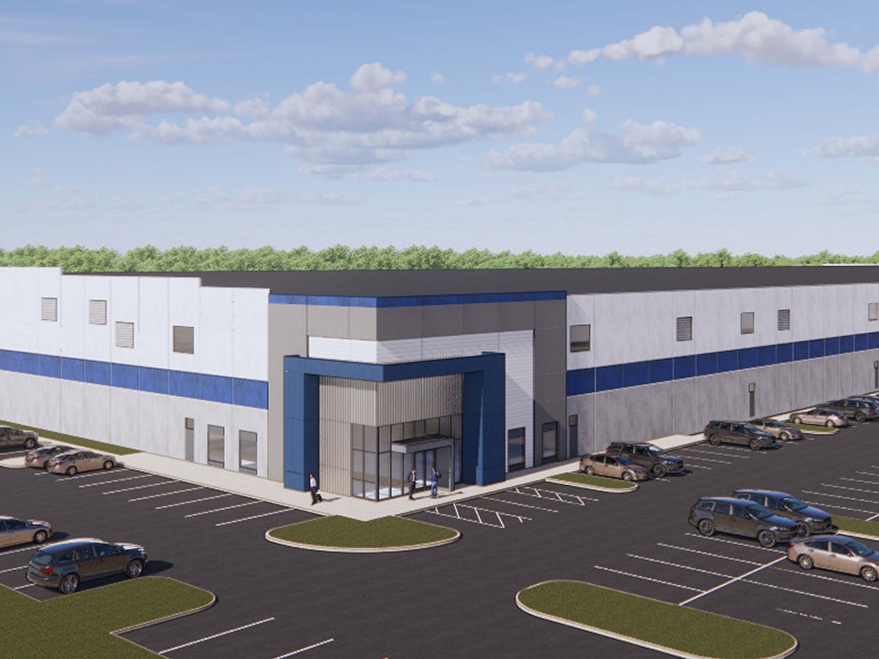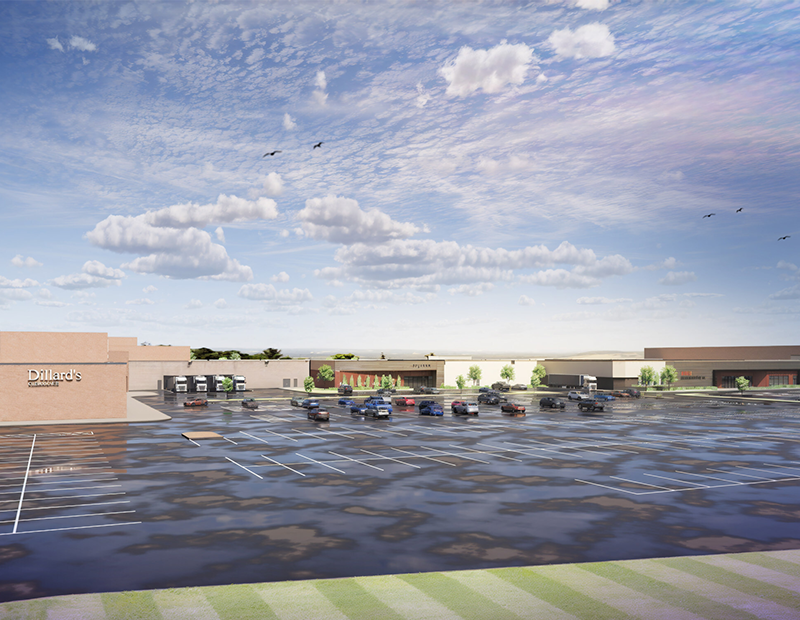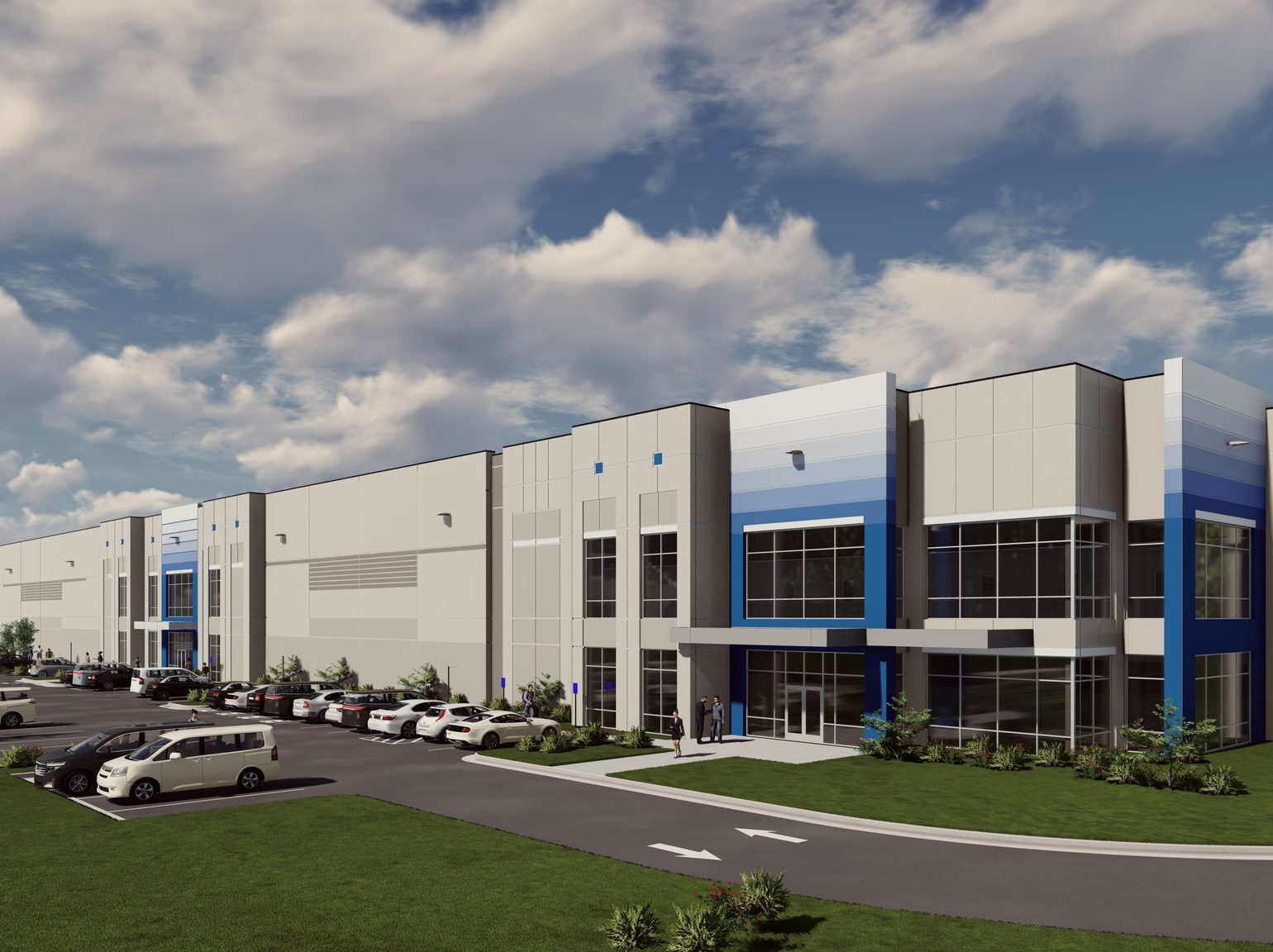The Cautious Growth of Net Lease Development
Sundance Bay’s Mark Maughan explains challenges for smaller owners and his expectations from the sector for the coming 12 months.
By Alexandra Pacurar
The outlook for net lease development is positive, with high demand and capital availability at the core of growth predictions. Larger companies and emerging developers in the sector who face different challenges financing their projects. Mark Maughan, director & partner of Sundance Bay Net Lease Investments, analyzed the issues smaller developers face when it comes to obtaining debt and equity. He also expanded on the consequences brought on by the high competition in the single-tenant area.
What do smaller net lease real estate developers or emerging net lease development companies face when it comes to capital markets?
Maughan: We work with a lot of small to mid-size net lease development companies from coast to coast. Historically, most of these companies have worked with non-institutional sources of capital and have relied on smaller regional banks for construction debt. For equity, they typically have used their own balance sheets or raised money from what we call “country club capital.”
They are currently facing increasing scrutiny from banks that are tightening their construction lending requirements, which makes scaling their business difficult and more time-intensive. As they grow their development pipeline in this expanding economy, they are also facing the challenge of raising larger amounts of equity from limited capital sources.
How do you see the growth of net lease development as an equity provider in the space? Would you say it is more constricted or riskier than it used to be a couple of years ago?
Maughan: Yes, we feel it is riskier now than it was a couple of years ago. Cap rates are moving off of historical lows and interest rates are rising. If you combine that with stable land prices and increased construction costs, you’re going to see thinner profit margins for merchant developers until rent prices increase or land prices decrease. But, there are still plenty of net lease development opportunities and there is a general shortage of new single-tenant locations in certain geographic areas.
Many tenants are still in growth mode as the economy continues to expand and they are looking to locate in new urban infill sites or in developing suburbs with rooftop space. There is also a rise in capital providers in the net lease development space, which has led to riskier projects getting financed—something that may not have happened a few years ago. To reduce our investment risk profile, Sundance Bay looks at a combination of tenant strength, site location, profit margin and development timeline prior to investing in a new project. We’re still seeing plenty of opportunities in the net lease development space that meet our criteria.
Sundance Bay offers two equity programs—the 100 percent Capital Program and the Equity Only Program. Which is the most popular one and why do you think this is?
Maughan: We see about a 50/50 split between our two joint venture programs. A lot depends on the client’s specific needs. Some of the larger developers we work with prefer the Equity Only Program, because they’ve had banking relationships that go back 20+ years and have no problem obtaining bank financing. The profit split to Sundance is also smaller under the Equity Only Program, which can make it very attractive to our development partners.
The 100 Percent Capital Program is a great fit for smaller net lease developers that are looking to scale their business. We can provide them with a turn-key capital solution where we are sourcing and guaranteeing the project debt as well as providing the project equity. Our development partners can focus all of their time on doing what they do best—securing sites and tenants for new development projects, rather than spending their time dealing with banks and raising equity.
How have the needs of net lease real estate developers changed over the past few years?
Maughan: There is a scarcity of pad-ready sites, which has led to an increased demand and higher prices. This has pushed tenants to raise their lease expectations to be in prime locations. Developers have adapted by looking at more value-add and reuse urban locations to continue their single-tenant expansion plans. The lack of extensive shopping center projects has also pushed larger retail developers to focus more on single-tenant development, which has increased competition in the space and made things more competitive for both sites and tenants.
What are your expectations from the net lease real estate industry in 2018?
Maughan: We believe that net lease development will continue to expand in 2018, but there will be more pressure on profit margins as cap rates rise due to interest rates increasing. As long as the 1031 market remains robust, there will still be a large demand to own single-tenant net lease assets, which should keep pricing relatively stable. We’re bullish on the growth of the industry and the rising number of tenants looking for new single-tenant locations, but cautious when it comes to exit cap expectations.
Image courtesy of Sundance Bay








You must be logged in to post a comment.